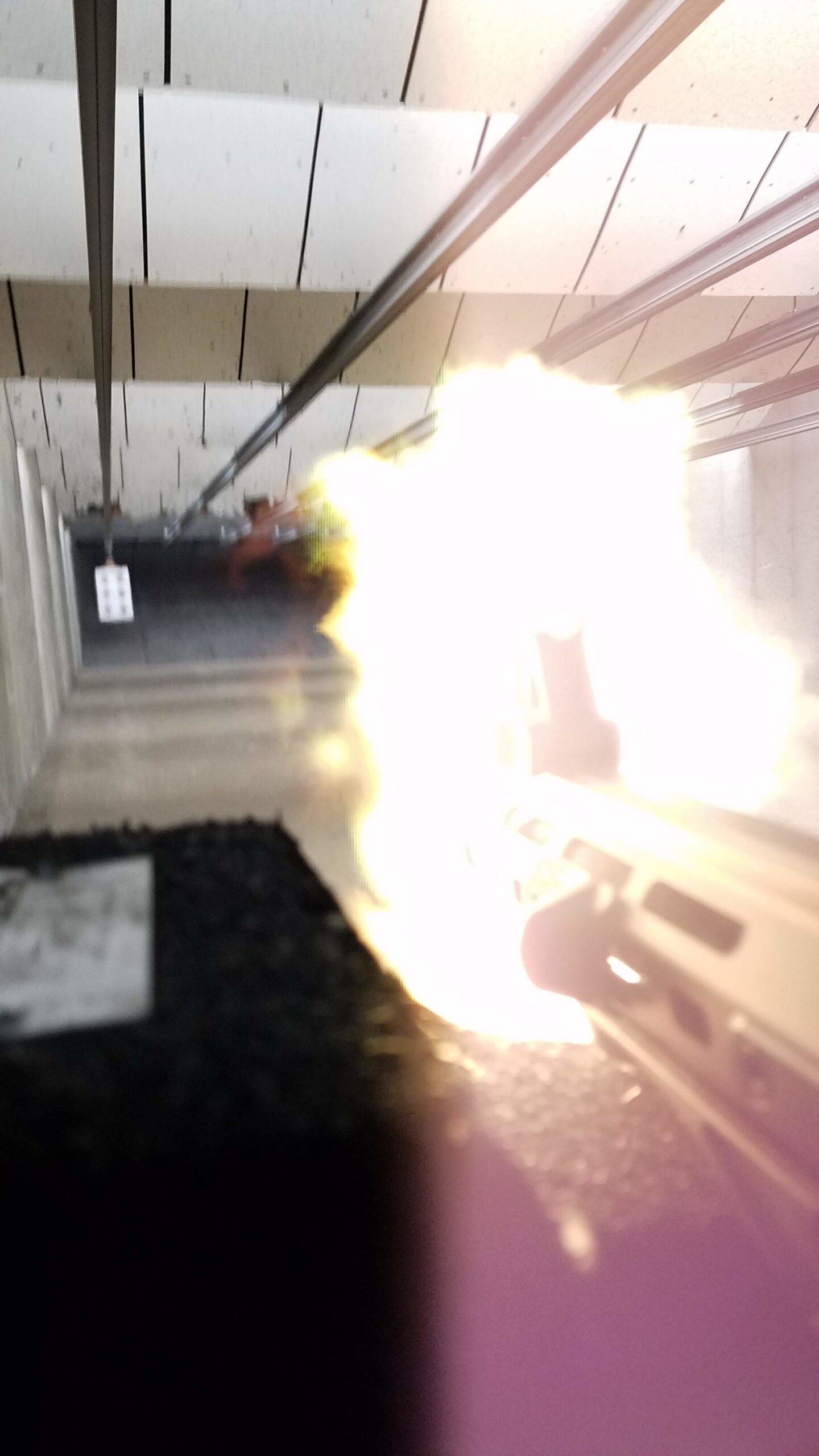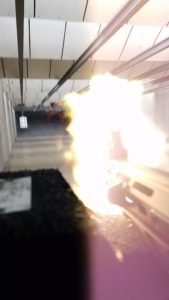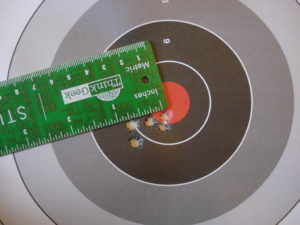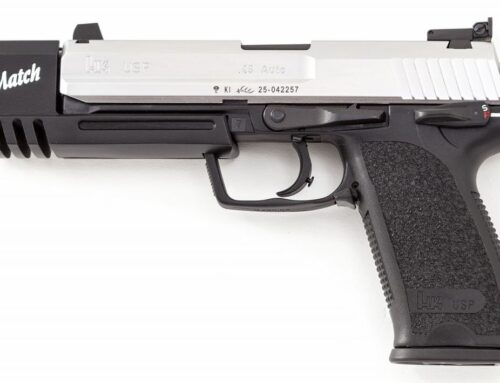Short barreled rifle and pistol variants of AR15’s have been around for some time already but recently they have gained some serious traction. Up until recently I had been resistant to the concept for a number of reasons, largely because less barrel length equals more flash, more noise, less accuracy, and less power per bullet compared to a rifle. These shorter barrels also lead to somewhat harder recoil and faster parts wear. For a couple of years I had struggled with the concept behind going shorter, why complicate matters? Why not just use a rifle?
It didn’t help that my very first experience with an AR pistol had been a home built one which felt like it was cobbled together with spare parts collected off of the workshop floor. It wasn’t until a curious and…dare I say it…particularly cute model came onto the rental rack from a big named company that my opinion started to change.
To be perfectly honest, at first I really didn’t like it. The OD Green Springfield Saint pistol had the older SB Tactical SBX-K brace already installed. For rental use ours had an optic mounted up top which really didn’t agree with me. I found the noise level to be excessive, the muzzle flash to be obnoxious, and the recoil to be uncomfortable.
The thing is, the AR pistol seed had already begun taking root. In part I may have been actively trying to make myself NOT like it. Did I really need another AR, and one which is less capable than my rifle?
Over a month had passed from this first range outing. Every day that I went into the range I saw it sitting there on the rack. It kept coming back into my thoughts. Weeks later I did some research on these “Saint” pistols. If I had one, which model would it be? Then maybe if I changed out a few of the parts here and there…
Days later I went back to the Saint Victor pistol hanging on the wall at the Range and made a purchase which I have never once regretted. It may still be excessively loud and have an obnoxious muzzle flash but I have come to absolutely love this rifle caliber pistol of somewhat questionable practicality. There’s something hilariously fun about having fifty caliber Desert Eagle sized fireballs out of something which is much more economical to shoot.
Older models of the Saint pistol looked very similar to the Victor but it seems Springfield has since given the “base” Saint a hefty overhaul. The original Saint pistols had standard M-Lok slots in the same style of aluminum handguard and a curved trigger compared to the Victor’s flat trigger and slightly angled M-Lok cuts.
The Saint Victor has a lot of nice features right out of the box. It’s been given high pressure testing and is magnetic particle inspected. The low profile gas block is pinned to the 7.5″ Melonite coated stainless steel barrel beneath the handguard. The lower is forged and has what they call an “Accu-Tite” Tension System to minimize play with the upper. A linear compensator helps to throw all of the unwanted flash and bang away from the shooter. Unloaded it weighs 5 pounds 8 ounces with a total length of 26.5 inches.
I had a few key points to consider while spending time with the Saint Victor. How badly do I get gassed? How hot does the handguard get and how quickly does it heat up? How is accuracy and do the rounds keyhole?
Gas in the face is rather shockingly no issue at all, even with rapid fire I don’t recall ever getting watery-eyed. The handguard has stayed cool enough to retain a firm grip after a brisk 60 rounds followed by slower continued fire. With 55 grain .223 FMJ there’s been no keyholeing out to 75 feet though I haven’t yet been able to test it out any further.
Accuracy is really quite good. Using a Troy “HK style” fixed front sight and a Colt detachable A2 carry handle in the back my best five round group came in at exactly three quarters of an inch. A couple of flyers aside it was fairly common to get three of my five shots within a span of just a half inch.
If some of those holes look larger than others it’s because of how the target was resting on the table when taking the picture.
This is all good news for the Saint Victor but the question again is one of “why?” Besides providing a whole lot of fun for me I’ve really come to embrace shorter barreled AR’s for a few other reasons. As you start to remove barrel length you also shift the balancing point further back. While a basic Victor may still be over five pounds it feels really comfortable because of this compact and maneuverable setup. They’re also quick to bring onto target and are incredibly handy due to their smaller footprint. With the Victor I did come to feel that “X-factor” but it did take a while before I could fully appreciate it.
Okay, but why not just build a stubby AR pistol? It’s a valid question. For me, I’ve never built an AR before. I didn’t want to get discouraged, particularly with my first pistol. I wanted something that worked right out of the box. In addition, as far as I’m aware handguard options for barrels this short are pretty limited and I really liked how the Saint Victor looked and felt. The Victor has some good features for the money and being an AR you can easily swap pieces out until it fits your style. Mine barely looks like the gun I had first purchased but that’s half the joy AR ownership!
Springfield seems to be doubling down with their Saint pistols, too. The original line had been redesigned but there’s also the Saint Edge and three more on the way with the super stubby Saint Edge PDW, the takedown Edge Evac, and a Victor in .308.
AR pistols are not for everyone and with a meager 7.5″ barrel it may seem more like .300 BLK territory than 5.56 (and they can also be had in .300!) but if you’re comfortable with AR rifles and want to give something new a try then come on down and take our rental for a spin. While .300 may be a more efficient cartridge in such a short barrel I had been interested in the availability of 5.56 and .223 while keeping the bulk down as much as possible. It’s here where I believe the Saint Victor truly shines.










